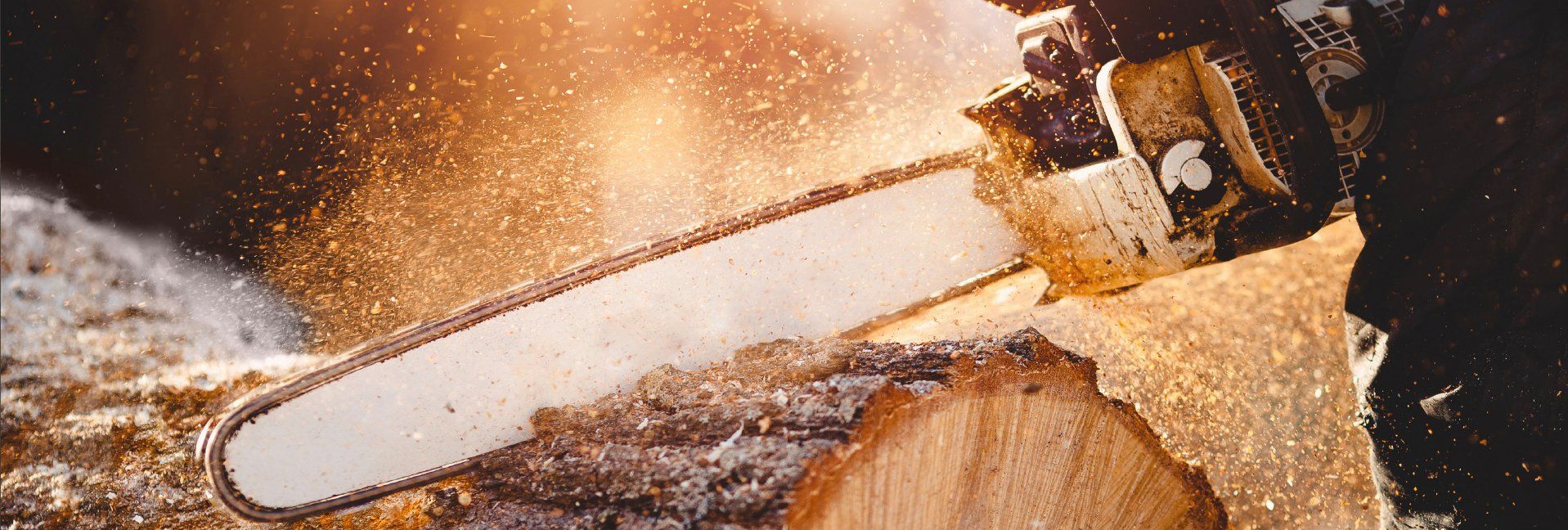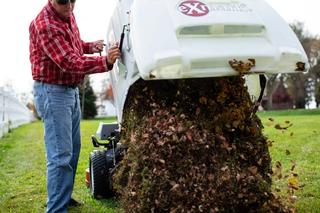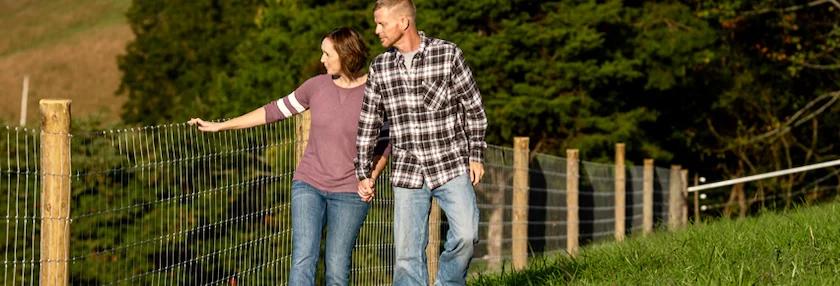It’s Firewood Season


With all the leaves off the trees, and much of the brush down for the winter, now’s the time to get into the timber and harvest your firewood. But are you ready?
Chain saws—If you haven’t yet sharpened and tuned up your chain saws, it’s best to do it before heading out. Check the condition of the spark plug and clean if necessary. Make sure the air filter is clean, and that you have proper chain lubricating oil to take with you.
Fresh fuel—Speaking of clean, ALWAYS start your season with freshly mixed oil/gas per the manufacturer instructions. You’ll find you spend a lot more time actually cutting things instead of pulling on the starter rope.
Didn’t use a fuel conditioner last season? Not starting at all now? Consider using Sta-Bil Start Your Engines! fuel system retivalizer spray that will get non-running small engines operating.
Safety items—Don’t forget safety equipment that should include protective gear. Oregon Products, manufacturer of just about everything related to wood cutting, reminds us that safety should be the first thing on your mind.
Be sure you have chain-proof gloves, pants or chaps, face shield and/or safety glasses, and hearing protection. The limbs you save may be your own.
It’s also a good idea to make sure your cell phone has signal, and that you tell people where you will be cutting wood.
Wood splitter—When you head out, one of the most worthwhile items to tow behind you is a wood splitter. For one thing, you have only to heft big logs only once as you split them, and when a log is quartered, it stacks faster, easier, and dries better with all the fibers exposed.
But how to choose?
We reached out to DR Power Equipment, which makes wood splitters (among other valuable types of yard equipment) and they offer up some answers:
How are log splitters rated for power?
When you wield an axe or maul, each swing brings about one ton—2000 psi—to bear on a log. A 10-Ton log splitter exerts 10 tons, or 20,000 PSI (pounds/sq. inch) at its point of contact with the log.
How much power do I need?
In general, more is better, but you need to look at the wood you’ll be splitting. Hardwoods are more difficult to split than soft species, and stringy or knotty woods also require more power than straight-grained logs. It takes more power to split fresh green wood than if you have seasoned wood delivered that needs splitting or re-splitting. And bigger rounds often require more power than smaller ones.
If you are new to using a log splitter, consider renting one for a weekend before you decide
Gas or electric?
Electric splitters are ideal for many homeowners, especially those who burn in woodstoves and primarily need to re-split wood they have had delivered. Plus, most 5- to 10-ton electric splitters are small enough that it’s easy to find a spot where it won’t be in the way.
Otherwise, most are gas-powered and able to work away from the farmhouse.
Hydraulic or kinetic?
Both types of log splitter get the job done, but you need to look at cycle time.
The cycle time of most hydraulic splitters (the time it takes for the wedge to fully extend to split a log and then return to its starting position) is about 15-30 seconds. A kinetic (or flywheel) log splitter uses a quick strike rather than sustained pressure to split logs which results in a cycle time of just 1-3 seconds, meaning you can split wood as fast as you can handle it.
Tags:Seasonal Living

Acreage Life is part of the Catalyst Communications Network publication family.
















